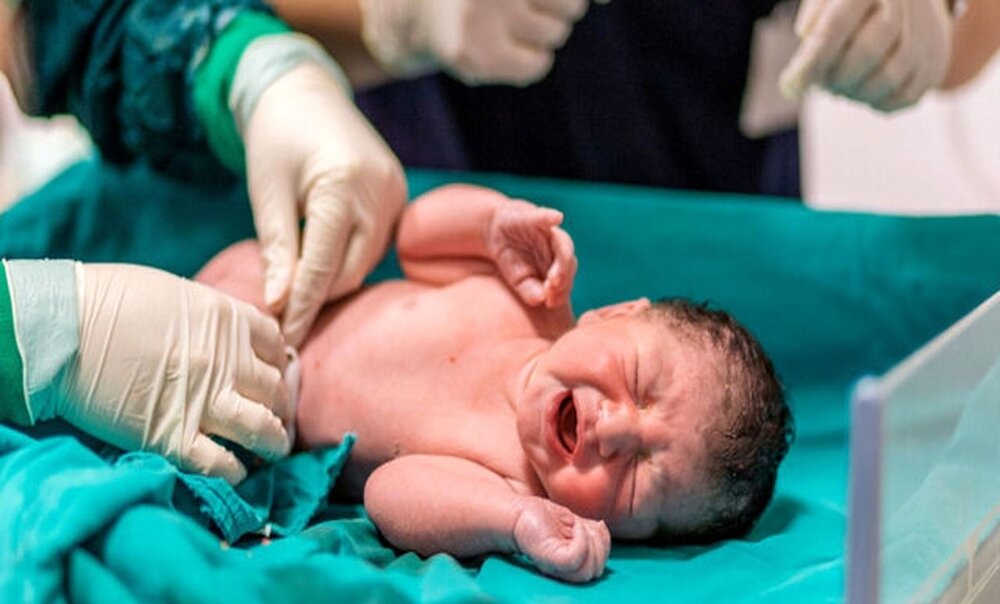Caesarean delivery 3 times the global standard

TEHRAN – In Iran, the rate of Cesarean Sections (CS) is 55 percent, which is 3 times the global standard, Saber Jabari, Head of the Youth Department of the Ministry of Health has announced.
The ideal global cesarean rate is 15 percent and at last 25 percent, he said, adding that the rise of CS is a global concern.
The majority of childbirth in Iran was natural until 35 years ago, but gradually with the development of urban life, the CS rate increased, he explained, ISNA reported on Tuesday.
He went on to note that childbirth is a natural and physiological phenomenon, which helps the health of the mother and the child, but during these years, due to the change in the people’s culture and lifestyle and the health system, unfortunately, the request for cesarean sections has increased, which is a big problem for the country’s health system.
Stating that currently developed countries are promoting natural childbirth, he said that unfortunately, the high rate of cesarean section in first delivery has become an excuse for performing subsequent cesarean sections.
In the Family and Youth Protection Law, the Majlis mandated the Ministry of Health to reduce CS rate by 5 percent per year and increase natural childbirth until it reaches the global standard, Jabari stated.
The correct policy, such as reforming the tariff system and accreditation of private hospitals can reduce the cases, he added.
According to new research from the World Health Organization (WHO), caesarean section use continues to rise globally, now accounting for more than 1 in 5 (21%) of all childbirths. This number is set to continue increasing over the coming decade, with nearly a third (29%) of all births likely to take place by caesarean section by 2030, the research finds.
While a caesarean section can be an essential and lifesaving surgery, it can put women and babies at unnecessary risk of short- and long-term health problems if performed when there is not medical need.
Caesarean sections can be essential in situations such as prolonged or obstructed labour, fetal distress, or because the baby is presenting in an abnormal position. However, as with all surgeries, they can have risks. These include the potential for heavy bleeding or infection, slower recovery times after childbirth, delays in establishing breastfeeding and skin-to-skin contact, and increased likelihood of complications in future pregnancies.
CS rate in the world
In the least developed countries, about 8% of women gave birth by caesarean section with only 5% in sub-Saharan Africa, indicating a concerning lack of access to this lifesaving surgery.
Conversely, in Latin America and the Caribbean, rates are as high as 4 in 10 (43%) of all births. In five countries (Dominican Republic, Brazil, Cyprus, Egypt and Turkey), caesarean sections now outnumber vaginal deliveries.
Worldwide caesarean section rates have risen from around 7% in 1990 to 21% today, and are projected to continue increasing over this current decade. If this trend continues, by 2030 the highest rates are likely to be in Eastern Asia (63%), Latin America and the Caribbean (54%), Western Asia (50%), Northern Africa (48%) Southern Europe (47%) and Australia and New Zealand (45%), the research suggests.
FB/
